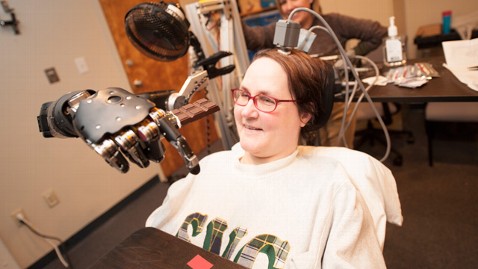Sin Taxes and Biomarkers
For years, ‘sin taxes’ – taxes on socially undesirable and/or addictive substances/activities like smoking, alcohol and gambling – have been a source of controversy. On the one hand, they have been seen as an effective means to raise revenue and reduce consumption of addictive (and generally unhealthy) substances. On the other hand, sin taxes are generally regressive and are rather paternalistic. But beyond these typical disputes, recent research has found a new and important dimension to the sin tax debate: genetics. A study by Jason Fletcher has found that whether or not taxes reduce cigarette consumption depends on the presence of a particular genotype. This suggests an interesting and novel policy: only apply the cigarette tax to those whose genotype indicates they will respond to the tax. But is this a sound policy, or should we be keeping biomarkers out of policy debates over sin taxes? Read More »Sin Taxes and Biomarkers



